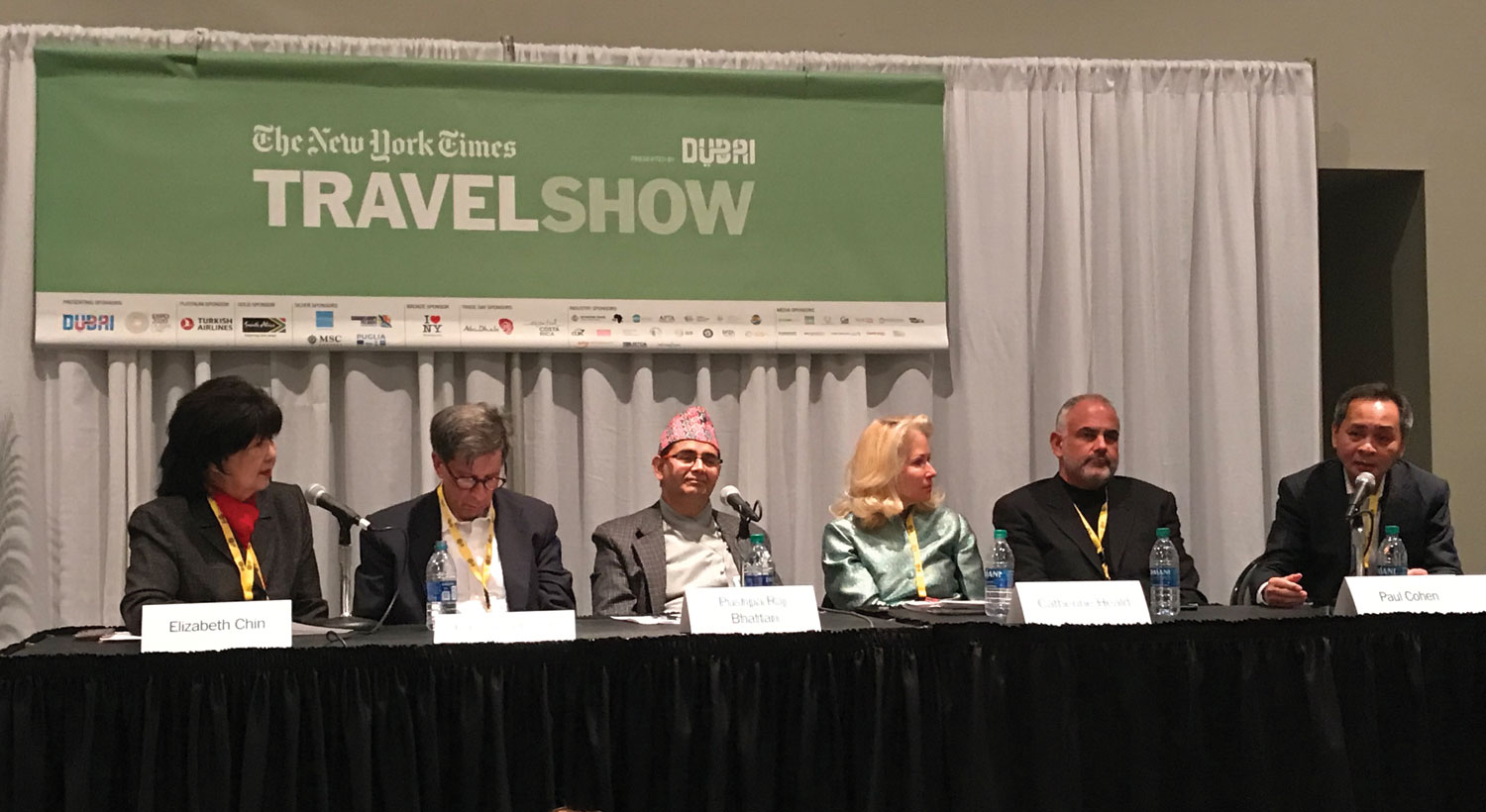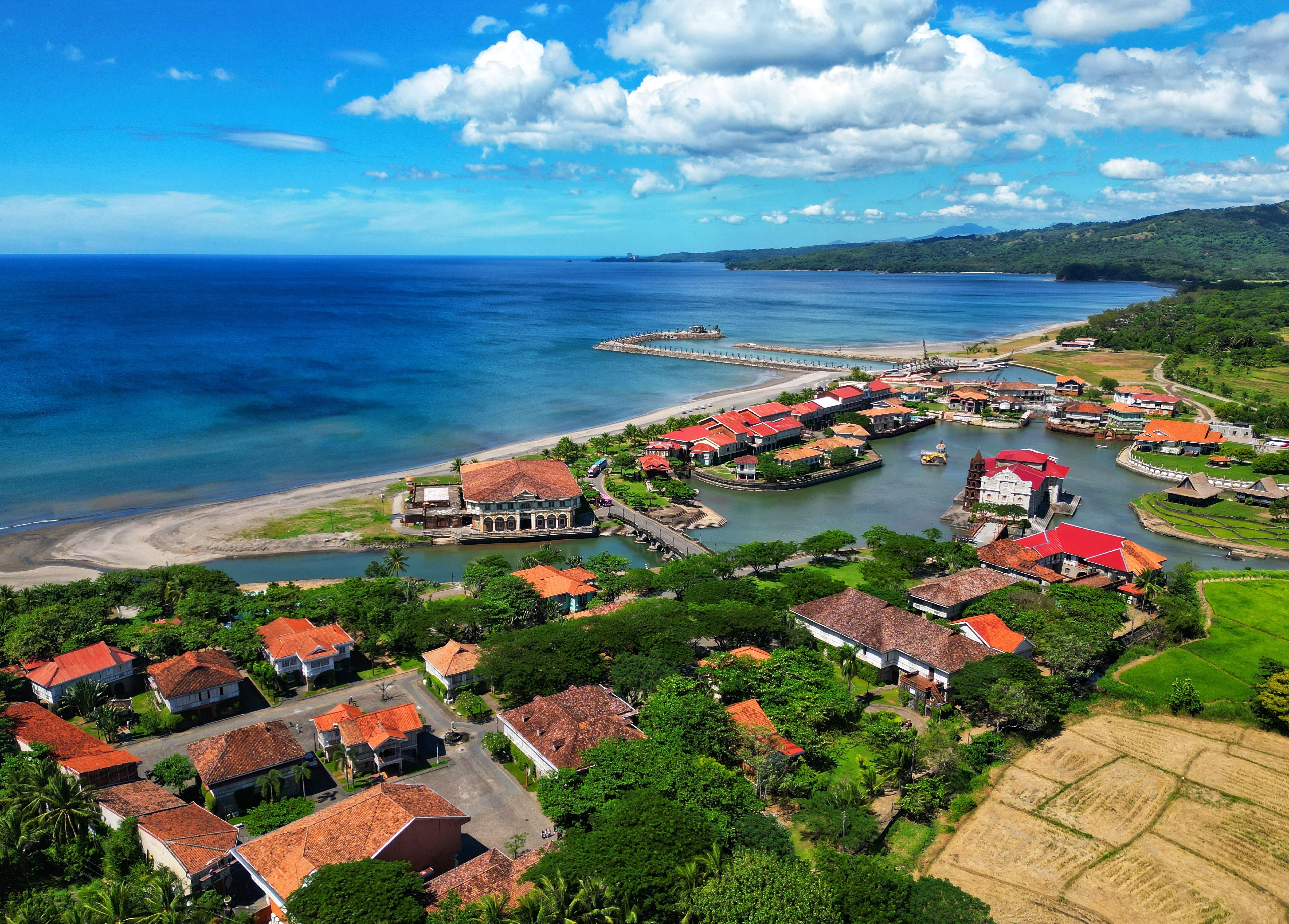
MORE people around the world travelled in 2019 with overseas trips hitting 1.5 billion, up four percent from 2018, according to the latest statistics from the United Nations World Tourism Organization (UNWTO).
France remained the most-visited country with more than 90 million visitors, followed by Spain’s 83.8 million.
Despite the outbreak of COVID-19 setting 2020 off to a rocky start, countries like the Philippines are optimistic that this hiccup does not affect the numbers for this year.
To mitigate the impact on inbound tourism, DOT and the tourism sector are rolling out a tactical program that will offer more value-added tour packages, discounted accommodation rates and marked-down prices for domestic flights.
The guidelines in handling guests in tourism enterprises during this global emergency are being implemented in hotels and resorts around the country and facilities are equipped with infrared thermometers and more hand sanitizers. Preventive and precautionary measures have been put in place by the national government to contain the spread of the COVID-19.
Philippine tourism grew in 2019 as international visitors reached 8.26 million, exceeding the 8.2 million annual target set in the National Tourism Development Plan (NTDP) for 2016-2022.

The country’s tourism prospects are buoyed by glowing reviews from international media and savvy travelers on social media, including the continued recognition of the country’s islands as among the world’s best.
“This heralds a new milestone in the country’s tourism history, breaching the eight millionth mark,” said Department of Tourism (DOT) Secretary Bernadette Romulo-Puyat. “Without doubt, our convergence programs with other government agencies, particularly in improving access as well as product development and marketing initiatives with local government and private sector have greatly paid off. These gains we hope to sustain even as we face global challenges.”
The DOT year-end visitor arrival report cited a 15.24 percent growth over 2018’s year-end figure of 7.16 million. Almost all months, except January, registered double-digit growth rates, the largest of which was August at 27.54 percent while December recorded the highest volume at 776,798.
This growth was enough for the Philippines to make it in eighth place among the countries that saw the highest jump in visitor numbers year-on-year increase in visitors. Myanmar with 40.2% topped the list of the countries, followed by Puerto Rico (31.2%) and Iran (27.9%).
This year, the DOT is targeting to attract 9.2 million international visitor arrivals.
VIP Tour
Among the programs that the DOT is continuing is the VIP (Very Important Pinoy) Tour, which was launched at the Kalayaan Hall of the Philippine Consulate General in New York a few weeks ago. The tour is now on its 14th year.

Formerly called the Ambassadors’ Tour, the VIP Tour is a collaboration between the Department of Foreign Affairs, Department of Tourism and Rajah Tours Philippines. This year, the tour from July 19 to 26 will bring the guests to Manila, Iloilo and Boracay.
Francisco Lardizabal, the new Tourism Attaché, also promoted the project at the New York Times Travel Show and the General Assembly of Filipino community organizations.
“We encourage you to visit the Philippines this year and see what we have been doing in order to promote more sustainable tourism,” Lardizabal said. He also showed a video on the successful reopening of Boracay after being off limits for six months to undergo a massive and extensive cleanup and rehabilitation.
Sustainable Tourism
The DOT launched its refreshed branding campaign last year, continuing the “It’s More Fun in the Philippines” slogan but repurposing it to advocate for sustainable tourism. The local launch was held in the National Museum of Natural History while the international event was in Berlin during the Internationale Tourismus-Börse (ITB).
To complement the new direction towards sustainable tourism, the DOT launched a movement called “Save Our Spots” to call for each individual to be a responsible tourist and encouraging the same behavior towards others to preserve the country’s natural and man-made wonders.
Aside from Boracay, Lardizabal also mentioned government efforts to clean up Manila Bay and plans to do the same in Baguio and Palawan.
The Philippine tourism industry also received a number of international awards and recognitions in 2019 such as the World’s Leading Dive Destination at the 2019 World Travel Awards, Asia’s Leading Tourism Board at the 2019 World Travel Awards and Excellent Partner Award (for Sustainable Efforts in Boracay, among others.

“This is a high point for Philippine tourism as it depicts our solidarity and commitment to make tourism work and prove its full potential as a sustainable and inclusive economic activity. The record-breaking numbers solidify the effectiveness of the Tourism Act of 2009, which celebrated its 10-year anniversary in 2019.” Secretary Puyat remarked.
Travel Statistics
According to UNWTO data, the Middle East was the fastest-growing region, followed by Asia and the Pacific, up by 8% and 5%, respectively.
Myanmar topped the list of the countries that saw the highest jump in visitor numbers year-on-year. The Philippines is in eighth place, trailing Uzbekistan, Montenegro, Egypt and Vietnam. Maldives and Bahamas round up the Top 10.
Among the other trends: Central Asia increasing in popularity, with Uzbekistan, Azerbaijan and Kazakhstan all in the top 20 fastest growing destinations; Caribbean destinations like Anguilla, St Maarten, Dominica and the US Virgin Islands making a comeback, recovering from the devastating effects of Hurricane Irma in 2017 and Middle East destinations like Egypt, Turkey and Tunisia all gaining tourist arrivals.
On the other end of the spectrum, Hong Kong, Sri Lanka and the United States all saw a dip in their tourist arrivals due to political turmoil, terrorism, protests and social unrest.
In the Philippines, Korea maintains its position as the top source market for ten years now with a total of 1.98 million arrivals in 2019, for a 22.48 percent increase. China follows closely on second with 1.74 million, boasting of a 38.58 percent growth.
The United States of America is third, bringing 1.06 million visitors for a 2.90 percent increase.
Japan is fourth at 682,788 arrivals, with an 8.07 percent growth followed by Taiwan reporting an equally impressive double-digit increase of 35.01 percent for its 327,273 arrivals.
Rounding up the top 12 visitor markets with their volumes and respective growth rates are: Australia with 286,170 (2.27 percent), Canada with 238,850 ((5.48 percent), the United Kingdom with 209,206 (4.06 percent), Singapore with 158,595 arrivals (-7.68 percent), Malaysia with 139,882 (-3.69 percent), India with 134,963 (11.43 percent) and Germany with 103,756 (12.66 percent).






